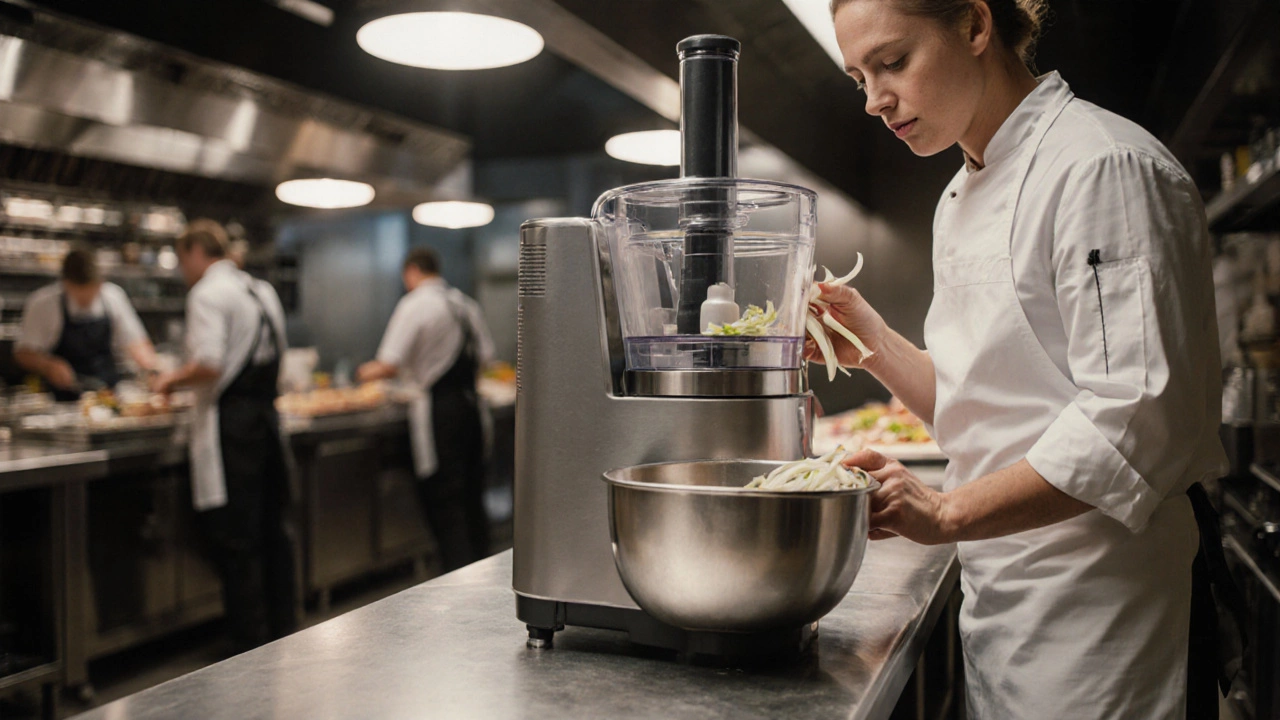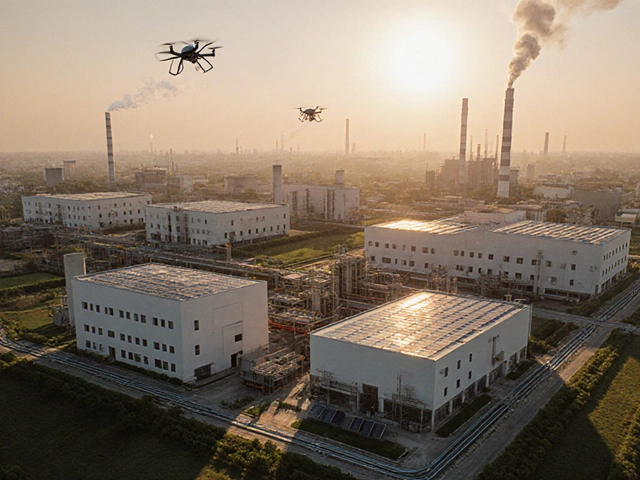Restaurant Kitchen: Design, Costs, and Operations
When planning a restaurant kitchen, a food‑service workspace where meals are prepared, cooked, and plated for guests. Also known as a commercial kitchen, it integrates industrial kitchen equipment, large‑scale ovens, grills, fryers, and refrigeration units built for high‑volume output and follows food processing principles, the same safety and efficiency standards used in factories. This blend of culinary art and manufacturing rigor shapes everything from budgeting to daily workflow.
One of the first hurdles is figuring out the capital outlay. A small factory cost breakdown in India shows that land, machinery, and permits often eat up the bulk of the budget. The same pattern appears in a restaurant kitchen when you factor in space acquisition, high‑end appliances, and licensing fees. Understanding those cost drivers helps you set a realistic budget and avoid surprises later on.
Choosing the right industrial kitchen equipment, stainless‑steel ranges, combi‑ovens, and high‑capacity dishwashers is more than a shopping list. Equipment designed for manufacturing lines brings durability, energy efficiency, and consistent output—key advantages for any busy restaurant. A well‑chosen set of machines can cut prep time by 20 % and reduce maintenance downtime, directly boosting your profit margin.
Layout isn’t just about aesthetics; it’s a practical workflow engine. In manufacturing, the “5 M’s” (Man, Machine, Material, Method, Measurement) drive productivity. Applying that model to a restaurant kitchen, you map chef movement, station placement, and material flow to eliminate bottlenecks. A logical flow from storage to prep, cooking, and plating mirrors an assembly line, turning a chaotic space into a streamlined operation.
Safety and hygiene borrow heavily from food processing unit standards. Strict temperature controls, cross‑contamination barriers, and regular equipment calibration are non‑negotiable. When you treat your kitchen like a mini‑factory, you gain traceability and compliance that protect both customers and your brand.
Key Elements That Shape a Restaurant Kitchen
Three pillars hold the whole system together:
- Design – Space planning that respects the flow of ingredients and staff.
- Equipment – Robust, energy‑smart machines that meet food‑processing standards.
- Cost Management – Budgeting based on real factory‑type expense categories.
When these elements click, a kitchen runs like a well‑tuned production line, delivering consistent dishes, lower waste, and higher margins.
Below you’ll find a curated collection of articles that dive deeper into each of these topics—budget guides, equipment reviews, workflow hacks, and safety checklists. Whether you’re starting a new eatery or revamping an existing space, the insights here will give you a solid foundation to build a profitable and efficient restaurant kitchen.
Do Restaurants Use Food Processors? Inside the Commercial Kitchen
Explore why and how restaurants rely on food processors. Learn about commercial models, safety, costs, and maintenance to boost kitchen efficiency.
Read More




